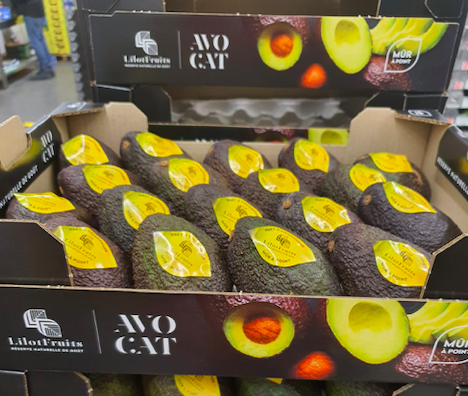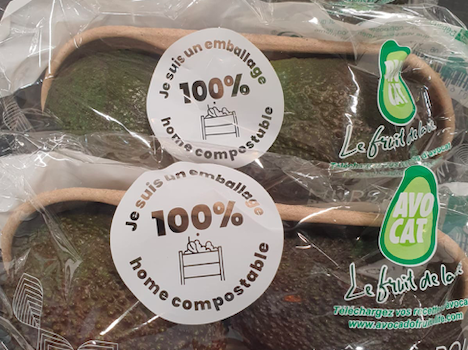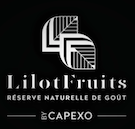Easter represents a pivotal period for exotic fruit and this year, the situation seems more balanced than it has been in previous years for avocados on the French market.
“Thanks to attractive promotional actions, the demand has been quite good. The biggest difference with the past seasons is the fact that the supply is disparate. Usually, around this time, we are at the cross-roads of origins with the end of the Mediterranean campaign and the start of other Latin American or African origins. But this year, the offer from Israel and Spain was much larger than usual (+30%), which disrupted the winter market and did not leave a lot of space at the beginning of April. Chile also exported a lot because they had a large production. All of this has had an impact on prices which vary between 11 and 13 euros [11.9 and 14.1 USD] per shipment, while they could still reach 15-16 euros [16.2-17.3 USD] in 2021.”

Balanced market
This situation finally allowed importers to approach a rather stable market right before Easter. “It creates a certain balance. Evolving on this type of market makes it possible to have interesting consumer prices, which boosts consumption and helps us supply better quality. Otherwise, when prices are too high, demand suddenly slows down and by the time the market regulates itself, the quality has already been impacted. For avocados, price changes are very speculative and happen rather quickly. Personally, I prefer a good dynamic that allows us to give the merchandise attractive prices for everyone, in order to keep consumption levels up while guaranteeing a fair price to the producers.”
Peruvian volumes are expected to increase by 11%
Regarding the next months of the campaign, the situation is not very clear. “Once again, Peru has announced a production increase of 11%. A large part of this production should be redirected to the United States, but despite similar announcements last year, the plan was not respected. At the moment, a shipment of 4 kilos is sold at 11-13 euros [11.9 and 14.1 USD], compared to 25 euros [27 USD] in the United States. This proves that the demand is good on the American market so we hope that Peru will indeed export some volumes to the United States, as announced. It will reduce the offer on the European market and help stabilize the market.”

Towards a possibly saturated European market?
Otherwise, if the United States does not absorb a portion of the Peruvian volumes, the production peaks between week 21 and week 31 will probably cause a saturation of the European market. “The market will be really disrupted in terms of prices. Last year, prices plummeted down to 5 euros [5.4 USD] per shipment. If the American market takes in some of the Peruvian production, prices should not go below 9.5-10 euros [10.2-10.8 USD] per shipment. In addition to this, exports from South Africa and Kenya have also increased and, since Russia is now out of the equation, they end up redirected towards the European market.”
Other factors might also eventually disrupt the market, such as the increase in freight costs, raw materials and inputs, as well as the availability of containers. “Today, we spend 10,500 to 11,000 euros [11,321-11,860 USD] per container, compared to 6,500 euros [7,008 USD] last year. In Peru, everything is also more expensive (fertilizers, cardboards) and this will create problems which we will not see right away. For the European market, this is positive because there will be less volume, but also negative for the producers who will not be able to export.”
 For more information:
For more information:
François Bellivier
Capexo
Phone: +33 1 41 73 23 00
Mobile: +33 6 75 03 76 54
f.bellivier@capexo.fr
www.capexo.fr
